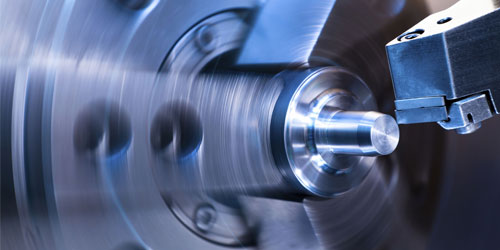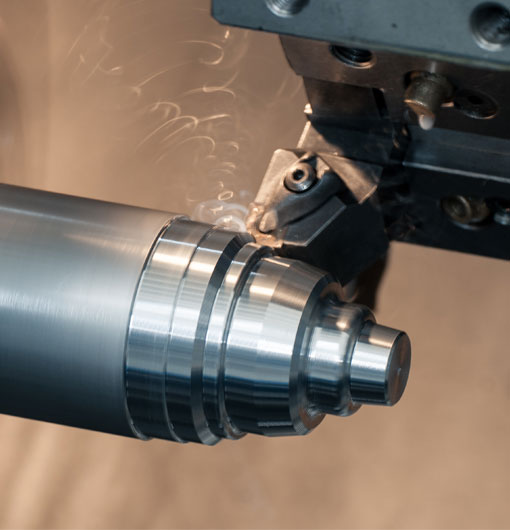Welcome fellow machinists and CNC enthusiasts! In this blog post, we'll delve into the fascinating world of taper turning using CNC machines and how to create a relevant part program to ensure the quality of your work. With at least 1000 words, you'll be equipped with techniques and tips to become a taper turning pro.
So, let's get started!
The Basics: What is Taper Turning?
Taper turning is the process of machining a conical shape on a workpiece, either externally or internally, by gradually reducing the diameter along the length of the part. This is widely used in machinery components like shafts and spindles, tool holders, and pipe fittings.
It's essential to have a solid understanding of taper turning processes, as these skills are indispensable for CNC machinists. That's why, in this article, we'll be sharing some tips and techniques for producing perfect tapered parts with your CNC machine.
CNC Part Programming: The Key to Precision Taper Turning
A CNC part program is a series of instructions that controls the machine's movements to produce a desired shape. In the context of taper turning, using proper CNC part programming ensures a workpiece is turned accurately and efficiently.
Here's a basic outline of the steps involved in creating a CNC part program for taper turning:
1. Analyze the workpiece and select the appropriate machine, tooling, and fixtures.
2. Determine the cutting conditions like spindle speed, feed rate, and depth of cut.
3. Identify the starting point and establish the tool path.
4. Write the CNC part program using G-code or conversational programming.
5. Verify the program using simulation software before executing it on the machine.
6. Run the program on the CNC machine to produce the tapered part.
Now let's dive deeper into some useful programming tips and tricks for taper turning.
Tip 1: Select the Right Tooling and Fixtures
When setting up your CNC machine for taper turning, it's crucial to equip it with appropriate tooling and fixtures. For external taper turning, consider using a lathe with a 60-degree included angle for consistent and accurate results. For internal tapers, a boring bar with a corresponding taper angle is recommended.
Tip 2: Utilize G-code Functions for Taper Turning
G-code programming is the industry standard for defining CNC machine tool paths. In the case of taper turning, a popular G-code function is G71 to define a roughing cycle. This initial roughing pass helps to remove the majority of excess material.
After the roughing cycle, use the G01 linear interpolation function combined with the G92 thread cutting cycle to precisely control the taper angle and smoothly follow the desired tool path.
Tip 3: Monitor Cutting Conditions for Optimal Results
Achieving a perfect taper requires careful monitoring and control of the cutting conditions. Ensure the spindle speed, feed rate, and depth of cut are in line with the material and tooling specifications. It's also essential to use proper cutting fluid to minimize friction, heat, and tool wear.
Tip 4: Validate Your Program with Simulation Software
Before executing the taper turning program on your CNC machine, verify it with simulation software. This vital step helps to identify potential issues like tool path collisions, programming errors, and inefficiencies. Plus, it saves valuable time and material costs by avoiding scrapped parts and machine downtime.
Tip 5: Fine-tune Your Taper by Making Adjustments as Needed
Once your program is running on the CNC machine, it's crucial to monitor the process closely and fine-tune if necessary. Always measure your finished parts carefully, using precision measuring instruments like calipers and micrometers, to ensure they meet the desired specifications. If adjustments are needed, tweak your program and re-run it until the desired results are achieved.
There you have it – an in-depth exploration of CNC part programming for taper turning. By following these tips and employing best practices, you'll be well on your way to conquering the challenging yet rewarding skill of taper turning. Keep practicing and experimenting with different techniques to elevate your CNC machining to new heights.
cnc part program for taper turning













